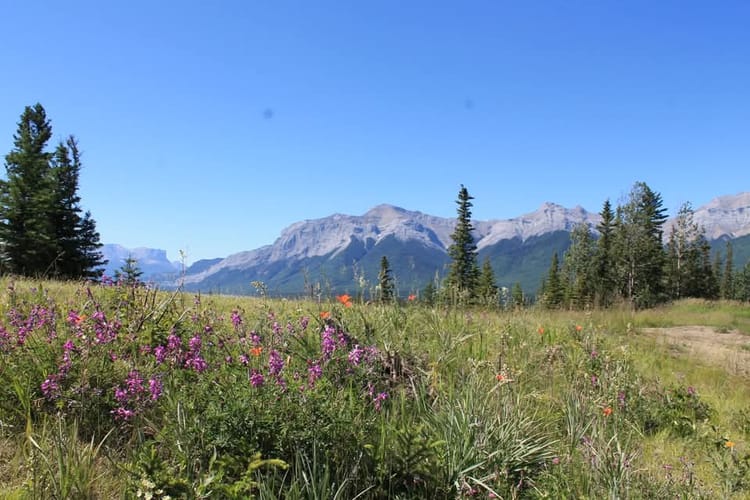The Healing Flame: Why Controlled Burns Are Vital for Native Wildlife

When most folks think of fire in a forest, they picture destruction—flames devouring trees, animals fleeing, smoke choking the skies. But not all fire is bad. In fact, for many landscapes and the wildlife that call them home, fire is essential to life itself. As someone who’s spent years exploring backcountry trails, watching ecosystems change with the seasons, I’ve come to realize one truth: when it comes to our wild places, fire—when done right—can be medicine.
A Fire That Gives, Not Takes
Controlled or prescribed burns are planned, deliberate fires set by land managers to restore and maintain healthy ecosystems. These burns are carried out under specific conditions to meet ecological goals—like clearing out dead brush, returning nutrients to the soil, and making room for new growth.
When fire is excluded from landscapes that need it, ecosystems get out of balance. Over time, forests become overcrowded, native species vanish, and flammable materials build up. That’s a recipe for the kind of catastrophic wildfires we’ve seen way too often. But a controlled burn? That’s a carefully placed spark of renewal.
Here’s what that renewal looks like for wildlife:
- Open meadows return—perfect for deer, elk, and wild turkeys to forage.
- Native grasses and wildflowers bloom—bringing back pollinators like bees and butterflies.
- Rare species find refuge again—like the red-cockaded woodpecker, which thrives in fire-managed pine habitats.
- Predators and prey rebalance—as habitats diversify, so do the populations that depend on them.
It’s nature’s way of hitting the reset button. But this knowledge isn’t new. In fact, it goes way back—thousands of years.
Honoring Fire’s Indigenous Roots
Long before “prescribed fire” became a management strategy, Native American communities across North America practiced what we now call cultural burning. These weren’t just practical tools—they were sacred traditions.
For many tribes, fire is a living spirit. The Karuk, Yurok, Miwok, and numerous other Indigenous nations used fire to maintain healthy lands, improve hunting grounds, and cultivate important plant species. In California’s Yosemite Valley, Indigenous fire stewards shaped the landscape with intentional burns for more than 4,000 years. What European settlers saw as untouched wilderness was actually a highly managed, vibrant mosaic—kept that way by Indigenous fire practices.
Fire was used to:
- Encourage the growth of basket-weaving plants like deergrass and willow;
- Clear underbrush to aid in hunting animals like deer and bison;
- Reduce pests and diseases in forested areas;
- Promote the growth of nut-bearing trees and edible plants.
These burns weren’t random—they followed rhythms of the seasons, animal migrations, and plant cycles. Fire was a tool of stewardship and ceremony, woven into the spiritual and cultural fabric of life.
Unfortunately, when settlers arrived, they brought a different worldview. Fire became the enemy—something to be extinguished, not embraced. As a result, fire suppression policies dominated the last century, and landscapes once rich with biodiversity suffered. But today, things are changing.
Reconnecting with Fire, the Right Way
We’re finally beginning to understand what Indigenous people have always known: fire, when used responsibly, is a force of renewal. Across the country, partnerships are forming between tribal nations and federal agencies like the U.S. Forest Service to bring cultural burning back to the land. Traditional ecological knowledge is guiding modern fire practices—and wildlife is responding.
So next time you see smoke rising from a prescribed burn, don’t panic. Think of the phoenix rising from the ashes. Think of open meadows, singing birds, blooming wildflowers. Think of the wisdom passed down from generations who lived in balance with fire.
And most of all, think of the wild animals that depend on these fires—not just to survive, but to thrive.
Fire doesn’t just destroy. It heals.
Let’s learn from those who knew that first—and light the way toward a wilder, more balanced future.
Want to learn more or get involved in local prescribed burn projects? Reach out to your state’s forestry department or local tribal environmental office—they often love educating others. Do not try doing without proper training, permits, and permission.



